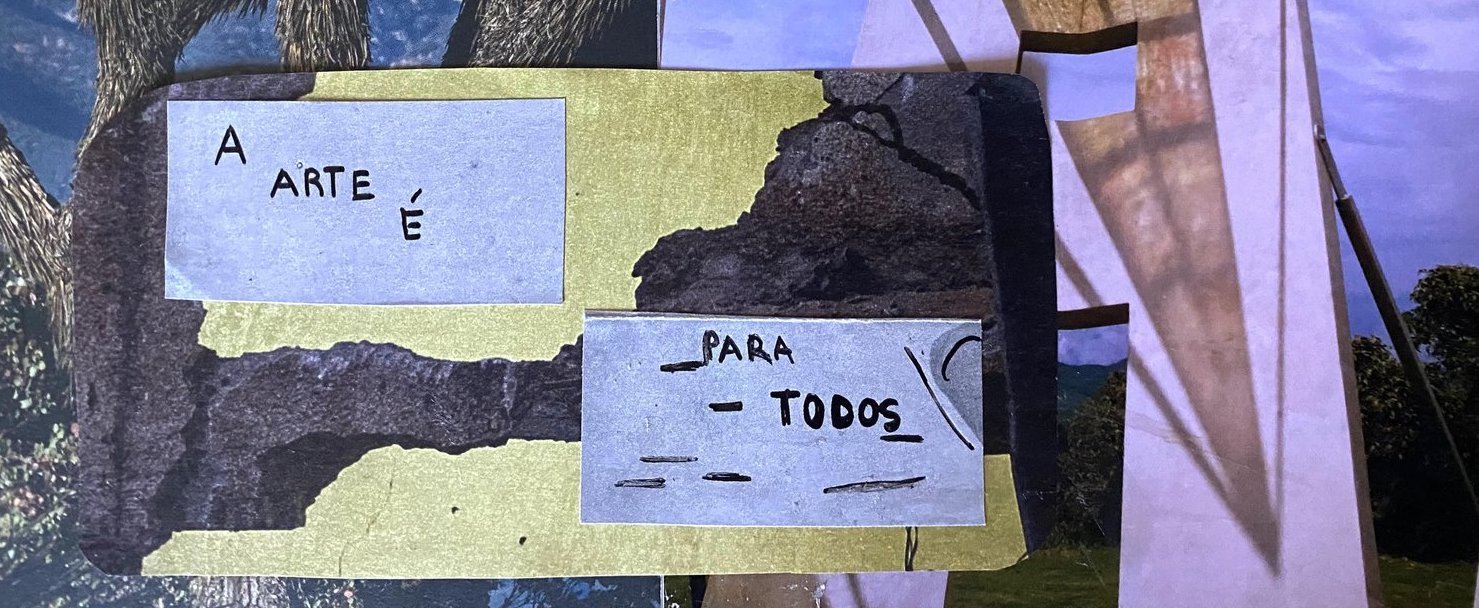A Revised Look At Inhotim
I first visited Inhotim, the largest open-air museum in Latin America, in 2019 with my mom. It was our first time deep diving into Brazilian art and we had such a magical time experiencing the perfect fusion of art, architecture, and nature.
However, our visit to Inhotim was also several months after the disastrous Vale mining accident in the neighboring town, Brumadinho. To this day, Inhotim still gets most of its financial support from Vale because its founder, Bernando Paz, was a prominent businessman in this mining company. This time around, I returned to Inhotim with a critical eye which left me a bit more unsettled than the last visit.
On my first day back at Inhotim, I did a guided tour with Guilherme, an educator who works at the park. He brought up all the contradictions that exist within the space and similarly to a land acknowledgment, he mentioned the mining accident and the complications of the funding. It felt like an empty statement, but at the same time, it had to be said. I kept wondering, past the acknowledgment of the accident, what exactly is being done to support the local community.
Guilherme also mentioned the history of the land itself—Inhotim was a neighborhood of Brumadinho with 34 homes. Therefore, creating the park in the early 2000s was its own colonization effort. With the indirect and direct cost of lives and homes, I am constantly questioning whether it was really worth it.
Inhotim truly is an experiment in the art world and Guilherme’s tour brought up a lot of questions. What is the narrative that is being constructed surrounding Brazilian art? What does it mean to have its own temporary Black art museum within a museum? How could the space be democratized further? Can that ideal democratized museum ever exist? Even if it is open-air, participatory, or free? What do residents of Brumadinho think about Inhotim now? What would Inhotim be without Vale? Guilherme said that the focus of the art isn’t conservation, but rather participation and dialogue. Is that happening here to its fullest potential?
To investigate Inhotim’s outreach further, I talked with the head of the education department, Luiza. She told me more about how her team is trying to bridge the gap between the community and the institution. She works with a passionate multidisciplinary team that preaches accessibility. Some of their programs look at youth empowerment, programming for the deaf, experimental libraries, and guided visits such as the one with Guilherme. She spends a lot of her time engaging with local youth and quilombos (afro-descendant communities) to listen and see what people want to experience in this space. Similar to Guilherme, Luiza acknowledges the great paradox between Inhotim and Brumadinho and works hard to do whatever she can to bridge that gap.
I loved learning about the specific programming during September, a month in Brazil that focuses on the deaf community. Their youth program, jovens, agentes, ambientais, is also a good step in the right direction and it reminded me a lot of the teen program that I did at the National Portrait Gallery which helped me a lot during my teenage years.
Overall, I learned that Inhotim is not a decolonized art space. At this point, I am not sure if any museum can be. At first glance, Inhotim is an incredibly beautiful ode to Brazilian contemporary art and culture however, I am still wondering whether this fantastical space was worth all the harm.
When I arrived back in Belo Horizonte, the capital of Minas Gerais, I also visited JA.CA., a multidisciplinary arts organization that promotes and develops Brazilian art. A curator that I met in Guimarães, Portugal, Marta Mestre, put this space at the top of her list. As a former curator at Inhotim and Rio’s Museum of Modern Art, she told me not to worry too much about Inhotim. For her, it’s an isolated space and instead, I should pay attention to JA.CA. I now understand why she said that because JA.CA is conducting incredibly meaningful and experimental work to support the local artistic community. I visited their désbiblioteca (alternative library) and thought more about the importance of artist residencies when investigating space.
Francisca, the coordinator of JA.CA, refuses to take money from Vale or any other mining company. Because of this, their organization constantly faces instability. She went on to show me publications about independent art spaces in Brazil, most of which are now closed. The financial struggle to support the arts and sustain spaces like JA.CA continues. This is a reminder to anyone reading this, to belong to a community and space that you believe is doing meaningful community work and support them in any way possible. Spaces like JA.CA should be given just as much, if not more, support than mega institutions like Inhotim.
It was a wild month in Minas Gerais and next up is the hustle and bustle of Rio de Janeiro.
Sending love to wherever you are!!




